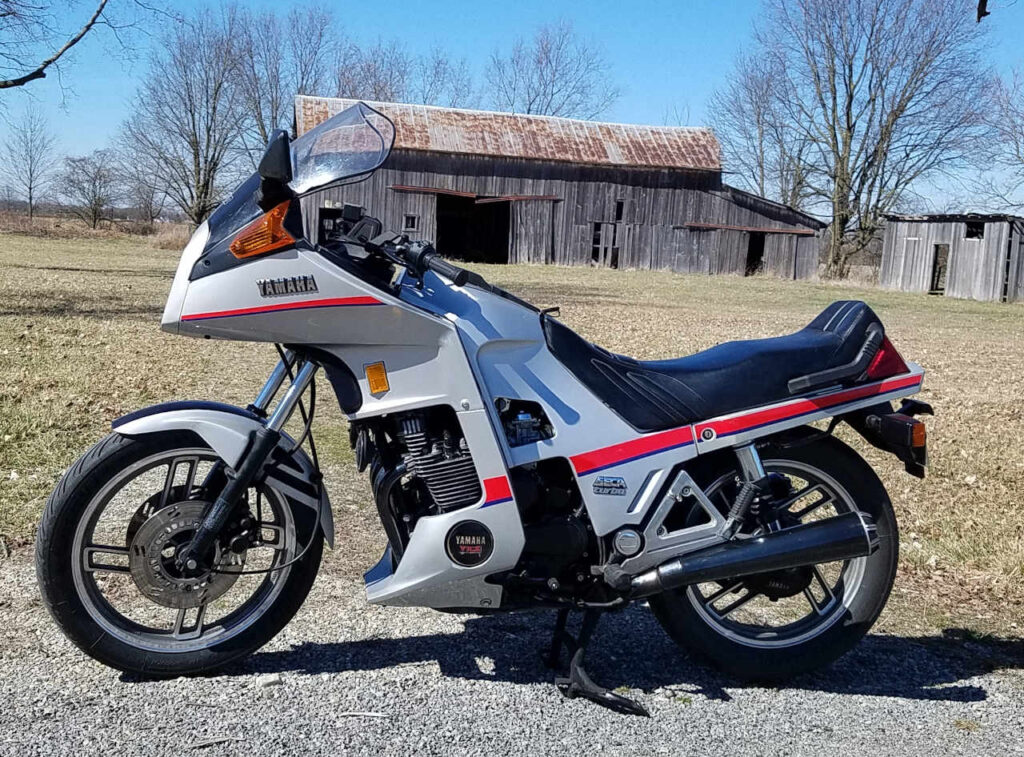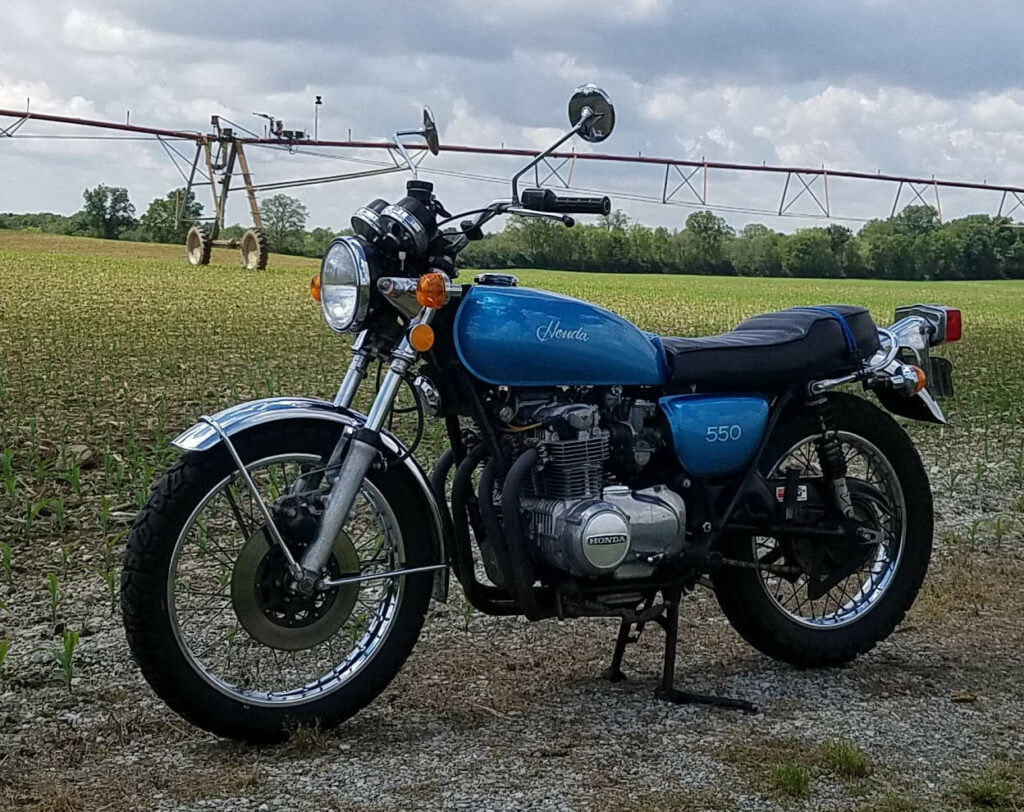1982 Yamaha XJ650LJ
Before I saw this bike on Cycle Trader I didn’t even know that Yamaha had built a turbo charged motorbike. I was looking to pick up an early model Honda Rebel for a project bike and when I saw the ad for this bike, it was love at first sight. The seller had put together a very detailed listing, and later when we spoke, he was very forthcoming with details about the bike. The way I came to own this motorbike, well it was just meant to be. After some extensive carburetor work, it has become one of my favorite bikes.



The Yamaha XJ650LJ and XJ650LK models are both turbocharged versions of the XJ650 Seca, produced by Yamaha in 1982 and 1983, respectively. These models were part of a wave of turbocharged motorcycles in the early to mid-1980s, representing a unique and somewhat experimental era in motorcycle engineering.
Key Features of the XJ650LJ (1982) and XJ650LK (1983) Seca Turbo:
- Turbocharged Engine: The most significant feature is the addition of a turbocharger to the 653cc, air-cooled, DOHC, 2-valves-per-cylinder inline-four engine. This boosted the power output significantly compared to the naturally aspirated XJ650 models.
- The turbocharger unit was a compact Mitsubishi TC03-O6A.
- The engine featured a lower compression ratio (8.2:1) and forged pistons to handle the increased pressure.
- Pressurized Mikuni CV carburetors were used to deliver fuel under boost.
- Shaft Drive: Like other XJ650 models, the Turbo Secas used a low-maintenance shaft final drive.
- Air-Assisted Suspension: The front forks were air-adjustable, and the rear shocks also featured air pressure adjustments, allowing riders to fine-tune the suspension.
- Fuel Tank Capacity: The 1982 XJ650LJ had a fuel capacity of approximately 4.2 gallons (15.75 liters). This was slightly increased for the 1983 XJ650LK to about 5.2 gallons (19.5 liters), which improved the touring range.
- Distinct Styling: The Seca Turbo models featured a full fairing designed for aerodynamic efficiency, setting them apart visually from the standard XJ650 Maxim and Seca models. The word “TURBO” was prominently displayed on the bodywork.
- Computer Monitor System: These models were equipped with an advanced (for the time) computer monitor system with liquid crystal displays in three colors to provide information on safety (sidestand, brake fluid, engine oil, fuel), electrics (battery, headlight, tail/brake light), and remaining fuel.
- Brakes: Typically featured dual front disc brakes and a rear drum brake.
- Power Output: The turbocharged engine produced around 84 horsepower. Some sources mention an optional “Power-Up Kit” that could increase boost pressure and power.
- Weight: The wet weight of the XJ650 Turbo was around 565 lbs (257 kg).


Differences Between the XJ650LJ (1982) and XJ650LK (1983):
While fundamentally similar, the 1983 XJ650LK incorporated some refinements:
- Larger Fuel Tank: As mentioned, the fuel capacity was increased from 4.2 gallons to 5.2 gallons, offering a longer range.
- Potentially Upgraded Forks: Some sources suggest the 1983 model might have had slightly thicker front forks (37mm compared to 36mm).
General Information about the Yamaha XJ650 Series:
The Yamaha XJ650 was a mid-size motorcycle introduced in 1980. It was known for its reliable four-cylinder engine, shaft drive, and comfortable riding position, making it a versatile machine suitable for both commuting and touring. The XJ650 was produced in various forms, including the Maxim (a cruiser-styled version) and the Seca (a more sporty version with different bodywork and features).
The introduction of the turbocharged XJ650LJ and LK models showcased Yamaha’s engineering innovation during a period when turbocharging was explored as a way to increase performance without significantly increasing engine displacement. While these models were technologically interesting, they had a relatively short production run as naturally aspirated engines quickly caught up in terms of power, often with less complexity and weight. Today, the XJ650 Turbo models are considered collectible and represent a unique chapter in motorcycle history.

Guiding your business through the project
Experience the fusion of imagination and expertise with Études—the catalyst for architectural transformations that enrich the world around us.
Work Performed
on this Bike
While this bike was in splendid condition when I purchased it, the face that it was 40 years old meant that it needed some TLC in various areas.
Brake work…
— more info —
Rhye Moore
Engineering Manager
Helga Steiner
Architect
Clutch work…
— more info —
Enhance your architectural journey with the Études Architect app.
- Collaborate with fellow architects.
- Showcase your projects.
- Experience the world of architecture.
